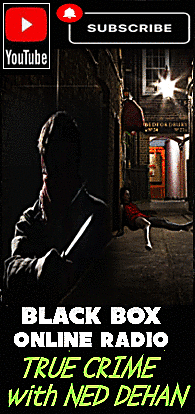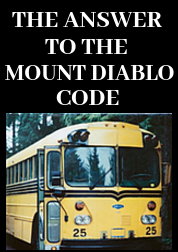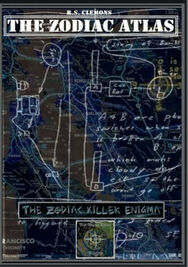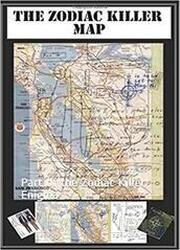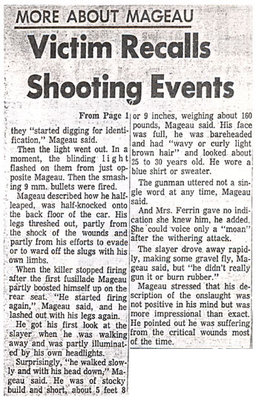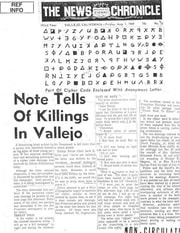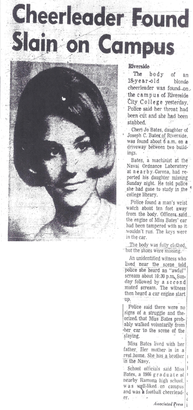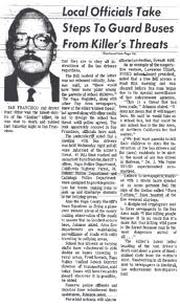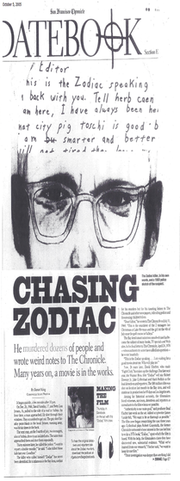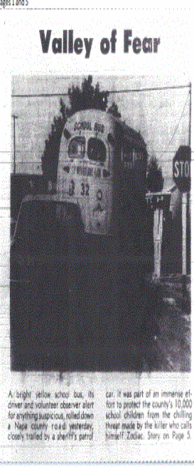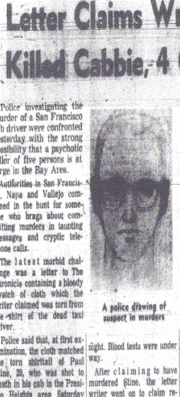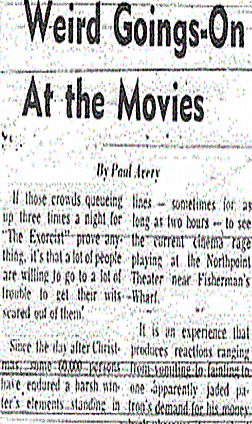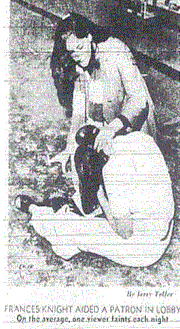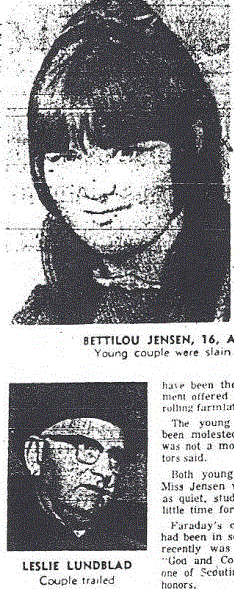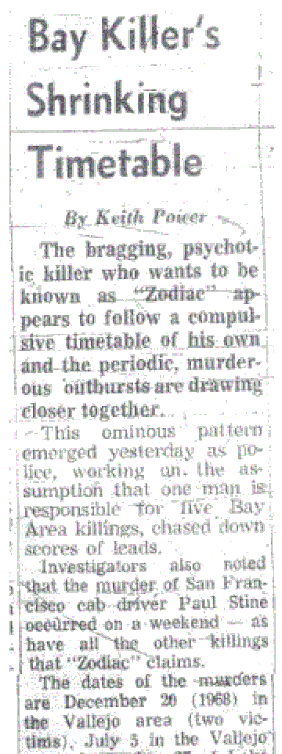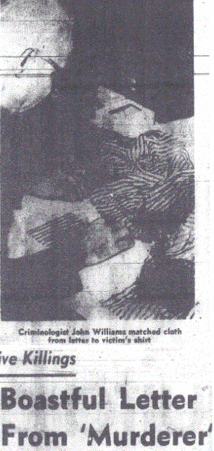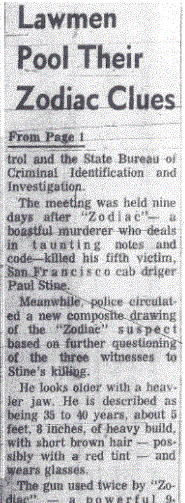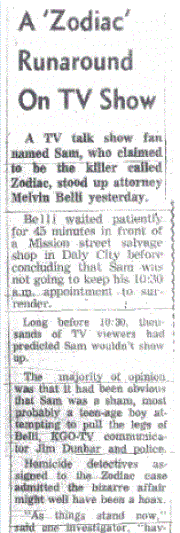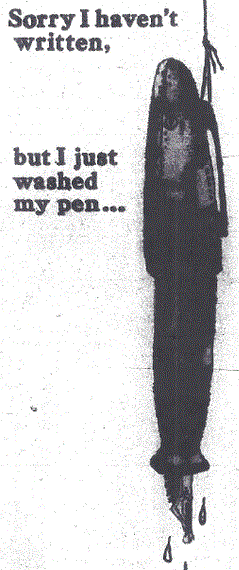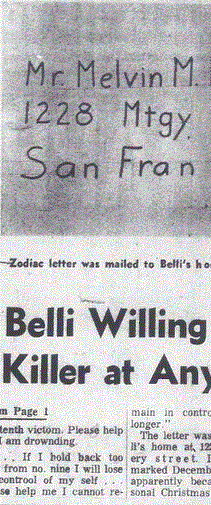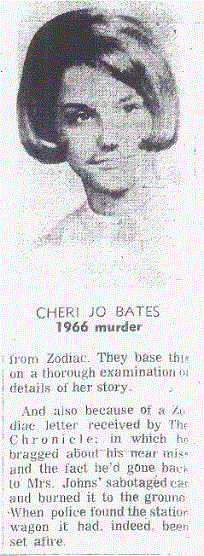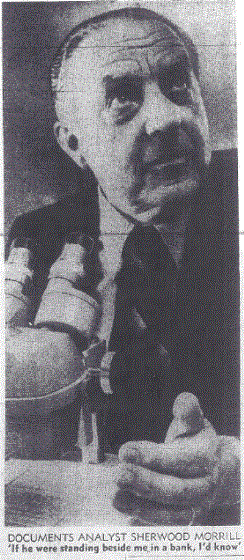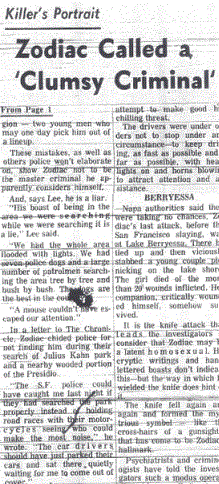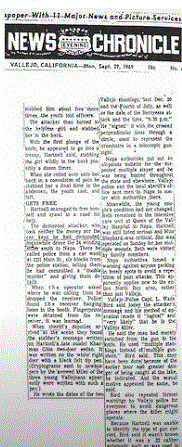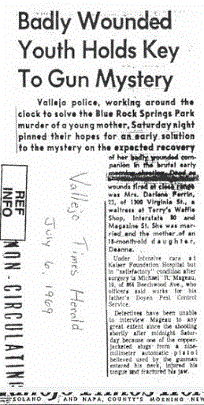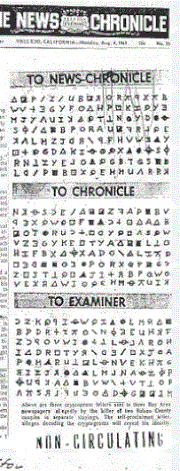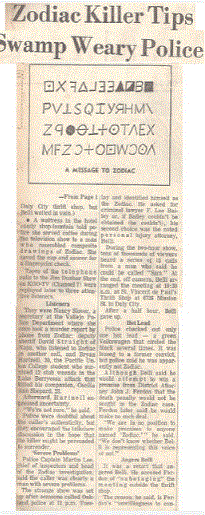The Melvin Belli letter mailed on December 20th 1969 appeared to invoke the Frances Brown murder scene on December 10th 1945 at her 3941 North Pine Grove apartment in Chicago. She had been stabbed multiple times, with the knife discovered protruding from her neck. Her killer (supposedly William Heirens} had left an ominous message written in red lipstick on the wall of her apartment stating "For heavens Sake catch me Before I kill more. I cannot control myself". The Zodiac Killer had written on the Melvin Belli letter "I will loose all controol of myself. Please help me. I can not remain in control for much longer". The message on the wall of Frances Brown's apartment was written above a table lamp. It was therefore uncanny that the Zodiac Killer's next correspondence arrived on April 20th 1970, on the same day that the San Francisco Chronicle published details regarding the murder of Robert Salem, in which the killer wrote a message on the wall in blood -. and Robert Salem was a lamp designer, having them displayed in museums and art fairs around the world. If the statement of "I hope you have fun trying to figgure out who I killed" on the April 20th 1970 letter wasn't Robert Salem, it is extremely fortunate timing off the back of the Melvin Belli letter four months previously.
The San Francisco Chronicle article on April 20th 1970 stated that "Salem's designs have been exhibited in England, Japan and Russia under State Department cultural exchange programs. Until last year (1969) he had been the lighting designer for restoration of the historic Haslett Warehouse on Hyde Street". In fact, the address is given as 680 Beach Street at Hyde, Russian Hill, San Francisco. It is situated just 1.5 miles from where Paul Stine began his fateful journey on October 11th 1969. Here is the view of the Haslett Warehouse from 700 Beach Street, just across the intersection of Hyde Road.
With immense gratitude to Rubislaw32, this correspondence was mailed on October 7th 1969, just two months after the "concerned citizen" card and four days before the murder of Paul Stine in Presidio Heights on October 11th 1969. It has been dubbed the "good citizen" letter, postmarked San Mateo and signed ''A good citizen", with a footnote from Sergeant John Lynch. It stated that the writer has a strong feeling of ESP. While having these feelings, the writer writes with a pencil. On occasion, while thinking of the code letters, the pencil wrote: ''Go to 56 Beach Street. I get the name Jerry, perhaps he knows people or his name is XXXXXXX''. This letter referenced Beach Street, where Robert Salem worked during the latter months of 1969. So we have four intersecting points of interest - an art and crafts fair on Beach Street, where artist Robert Salem likely worked during the mailing of the October 7th 1969 "Beach Street" letter, with Paul Stine picking up his killer just 1.5 miles south, only four days later. It may not be compelling, but the possibility exists that the Zodiac Killer crossed paths with the lamp designer before April 15th 1970 and murdered him at his 745 Stevenson Street apartment, all while inspired by the December 20th 1969 Melvin Belli letter some four months earlier.
LATEST UPDATE, INCLUDING POLICE REPORTS & PHOTOGRAPHS
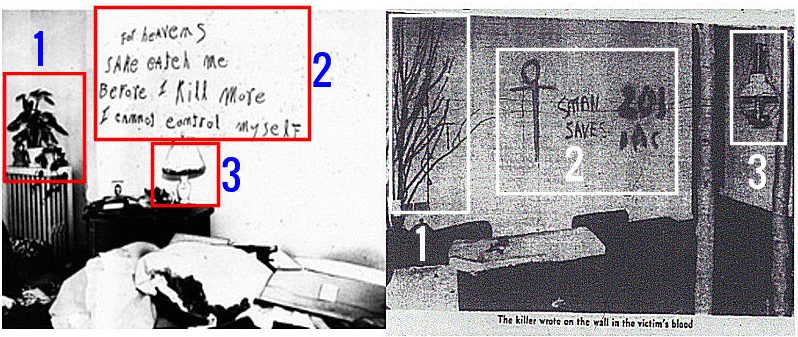
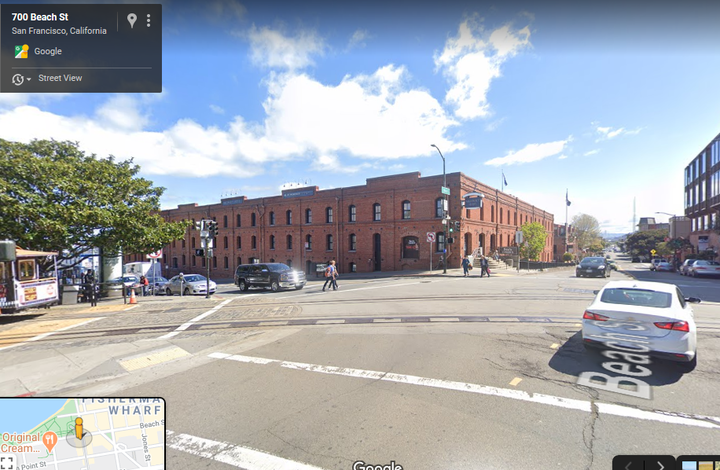

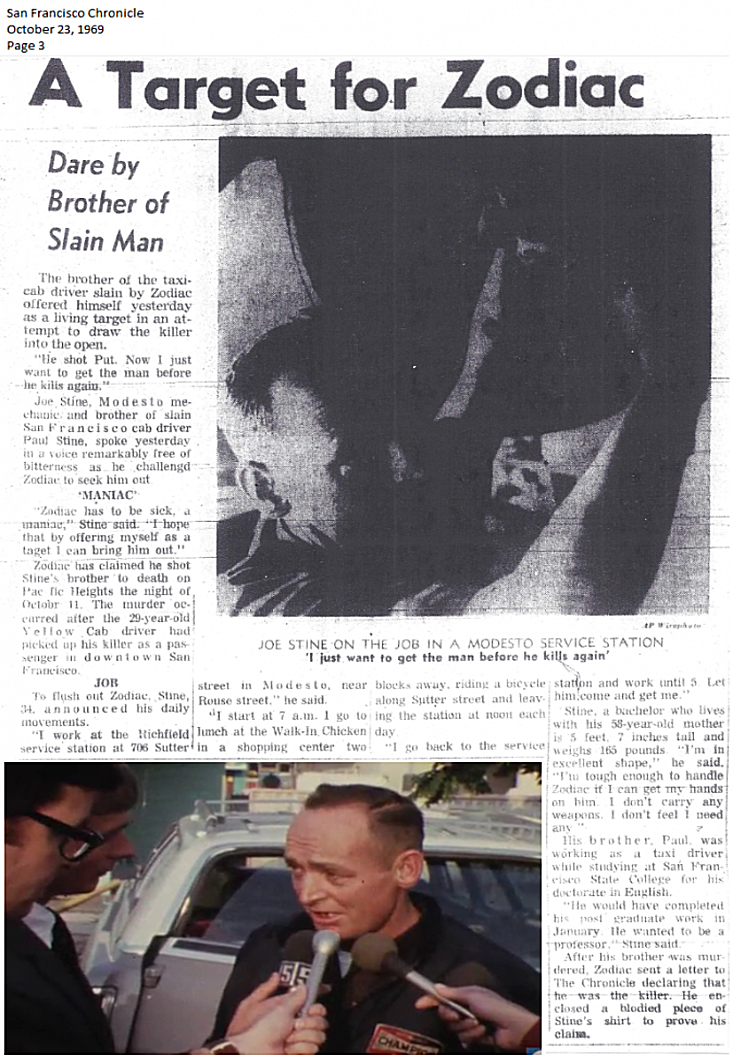
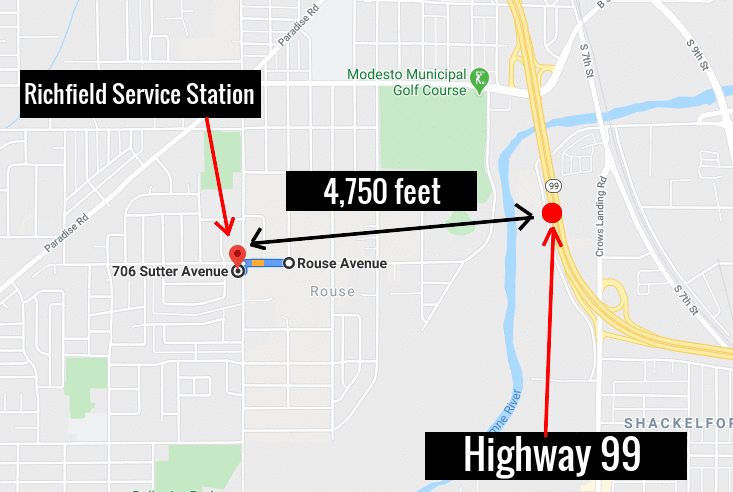
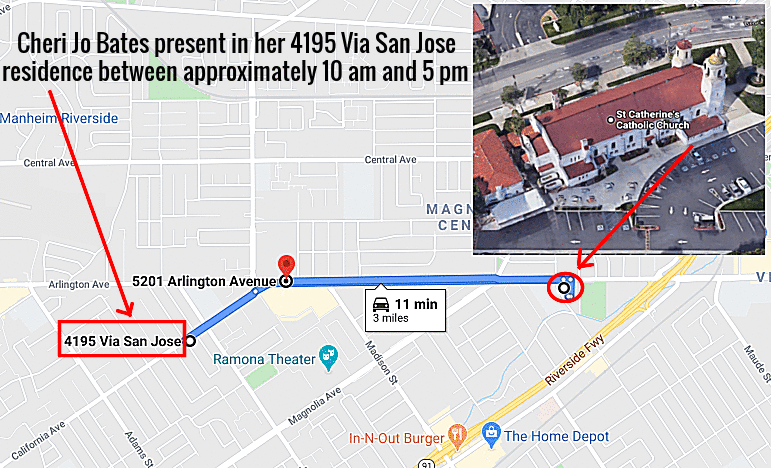

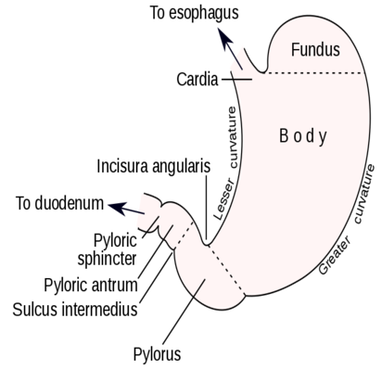
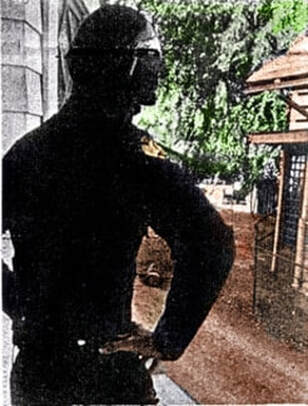
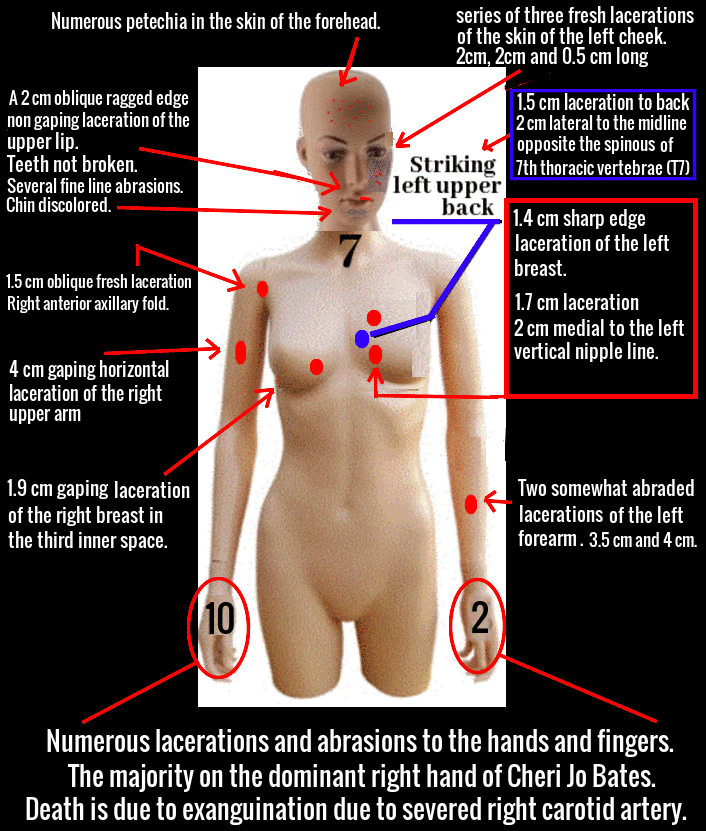
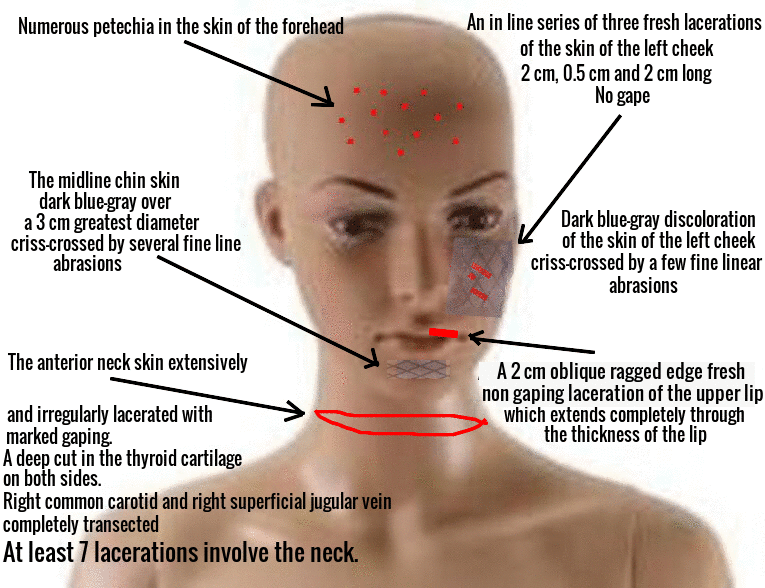
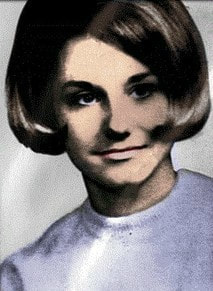

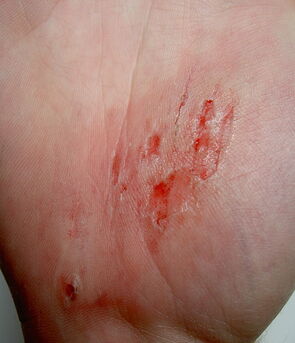
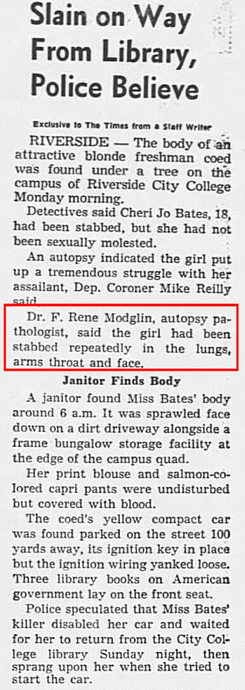
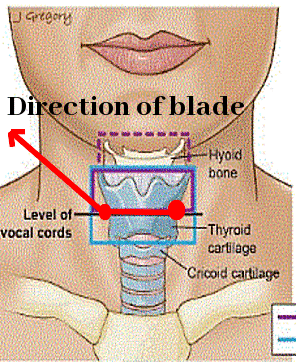
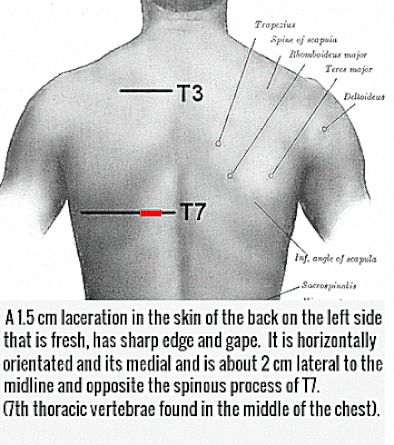
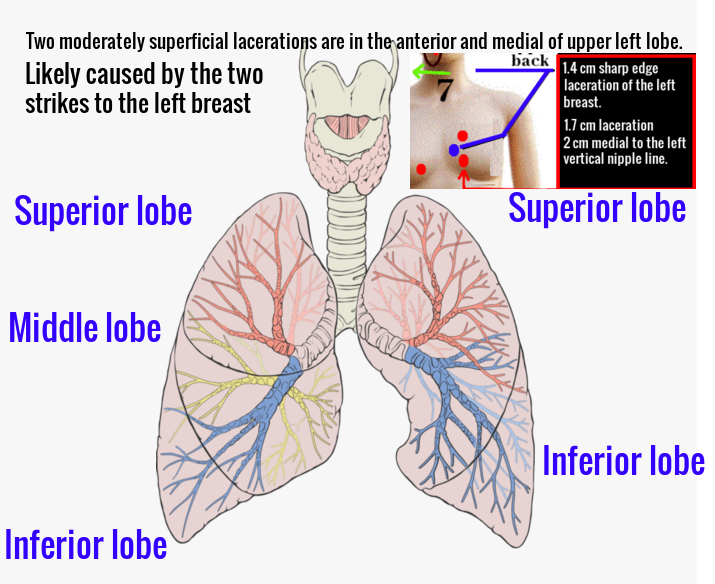
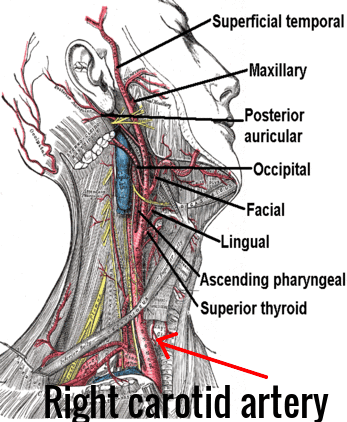
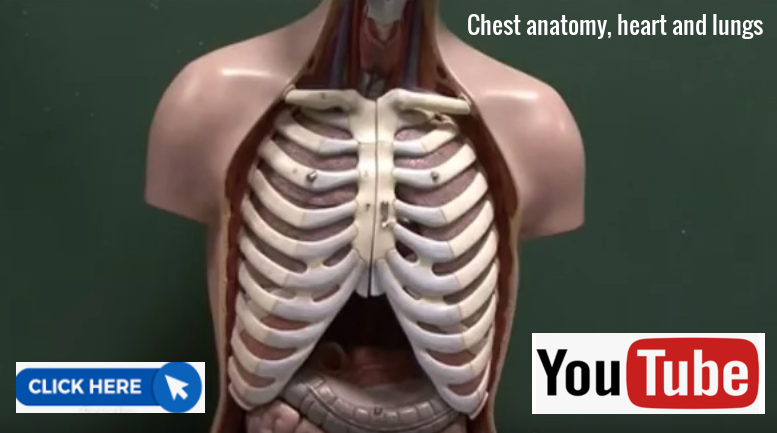
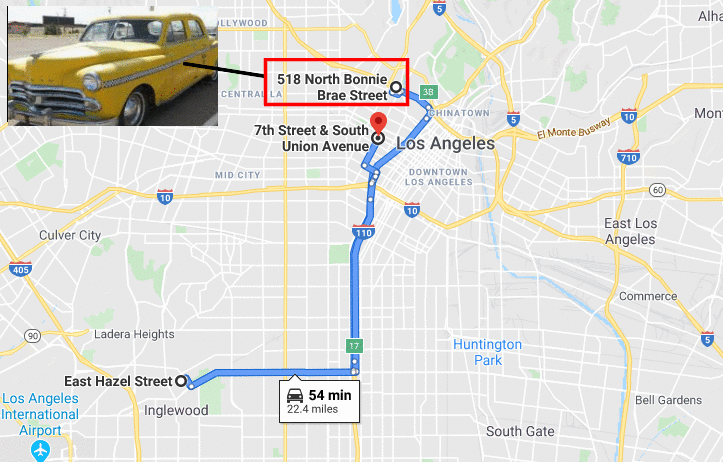
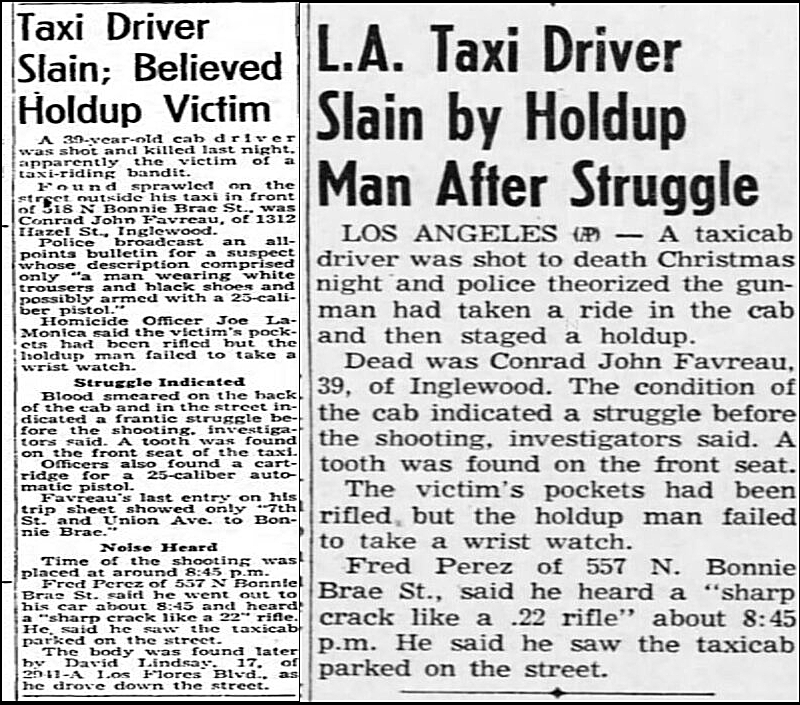
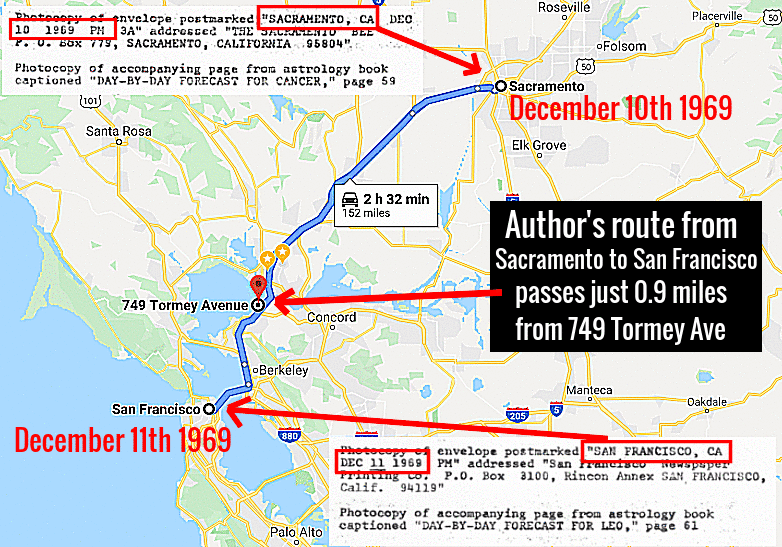
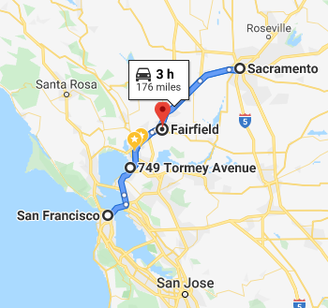
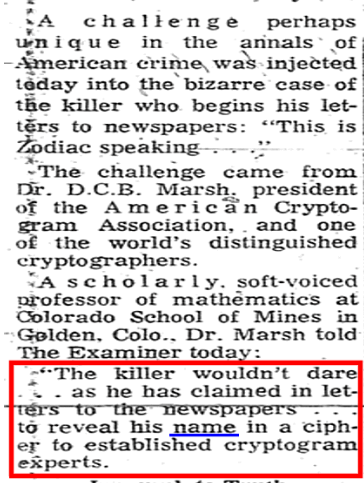

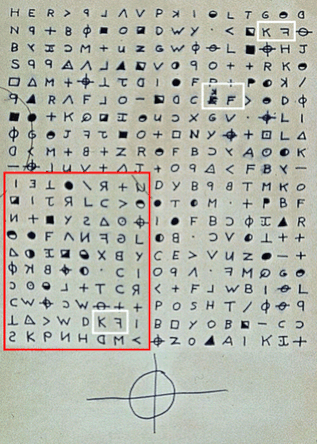
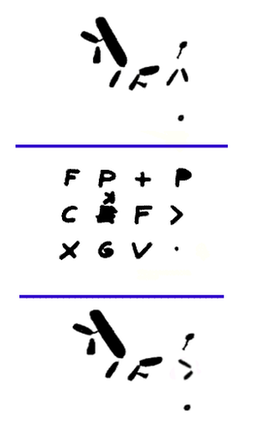
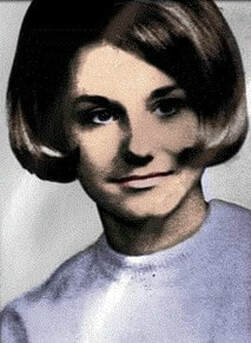
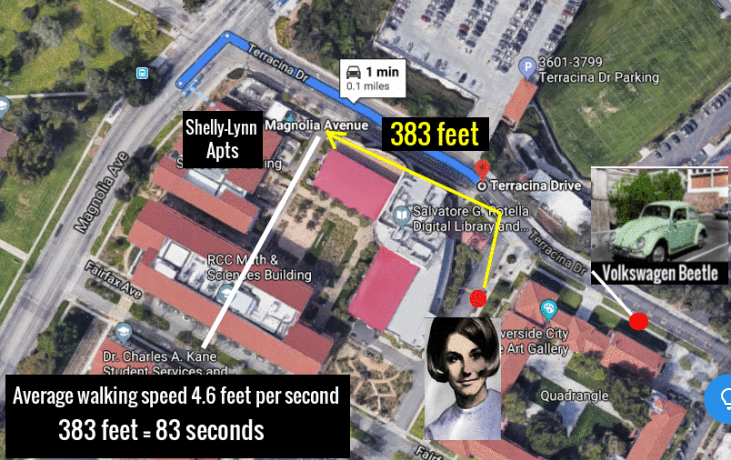
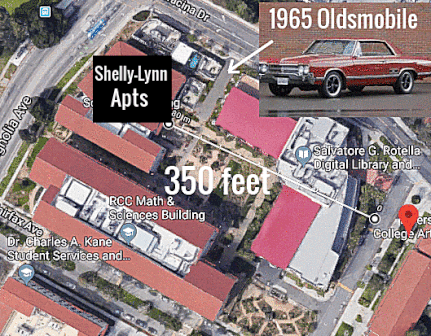
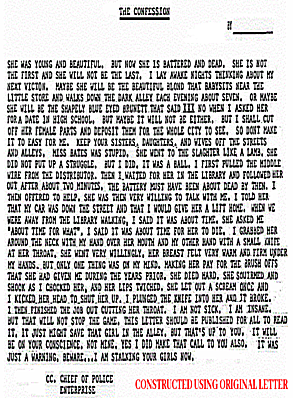




 RSS Feed
RSS Feed
